A Strong Case for Homeownership
Housing affordability questions have placed homeownership and public policy near the top of the national agenda, as mortgage brokers know. Most of the commentary has been focused on the extent to which government policy, particularly with regards to supply, is contributing to the affordability challenges. This debate is ongoing and will not be resolved here.
But there is less basic commentary about why we should care about homeownership. Why should government policy support homeownership? Simply put: it remains a powerful conveyor belt to the middle class.
Home ownership is associated with a raft of economic and social benefits including better educational and health outcomes, stronger families, safer communities, higher levels of civic participation and greater wealth accumulation. A few policy areas are more likely to generate upward mobility and economic opportunity than housing and home ownership.
Here are some highlights from a considerable body of research:
- Kulkarni and Malmendier (2015) analyze the link between homeownership and upward mobility, and find a strong positive relationship for the children of homeowners that the two economists attribute to the stability and social capital that is associated with owning one’s home.
- A post-recession update to past research on the broad economic and social benefits of homeownership by Rohe and Lindblad (2013) concludes that “there is considerable evidence that positive homeownership experiences result in greater participation in social and political activities, improved psychological health, positive assessments of neighborhood, and high school and post-secondary school completion.”
- Ni and Decker (2009) study the relationship between homeownership and crime and find not only that “homeownership itself has a strong and statistically significant negative effect on both violent and property crime rates,” but that increases in homeownership rates reduce criminal activity over time.
- Haurin et al. (2002) study the link between homeownership and educational performance for children and find that it leads to a 13 percent to 23 percent improvement in a higher-quality home environment, greater cognitive ability and fewer child behaviour problems relative to renting.
- Harkness and Newman (2003) examine whether children from lower-income and higher-income families benefit equally from homeownership and find that for children growing up in families with incomes less than 150 percent of the federal poverty line, homeownership raises educational attainment, earnings and welfare independence in young adulthood.
These studies show the direct and spillover benefits that can come from a pro-homeownership society. Limited research has tested these findings in the Canadian context. Yet the work that has been done finds similar experiences and results.
A 2013 CMHC survey of nearly 1000 Canadians who purchased a home through Habitat for Humanity casts light on the significant benefits that come with homeownership. Respondents showed positive results across a range of economic and social indicators, including labour force attachment, the educational performance and behaviour of their children, improved personal finances, better health, and general happiness. Most respondents identified that these benefits derived “from the security, stability and sense of control that comes with homeownership” (2).
A 2012 study commissioned by Habitat for Humanity Toronto found similar results in its assessment of the “social impact” of homeownership. The findings are powerful: 95 percent of respondents said that their families were stronger, 81 percent reported an improvement in their child’s social life, 76 percent reported improvement in their children’s grades, 72 percent reported strong community and neighbourhood ties, and 50 percent reported that they felt safer.
As for wealth accumulation, housing has been a major driver of overall household net worth in Canada. A 2015 report by TD Economics finds that it represents about one-third of the roughly $6.6-trillion increase since 1990. The importance of housing wealth has even increased as an overall share of household net worth and accounted for 40 percent of the total increase in net worth since 2001 (TD Economics 2015).
While a number of factors contribute to upward mobility and middle-class opportunity including education, family and culture, homeownership plays a strong role in Canada and elsewhere. This is a critical point: the evidence shows that the benefits are not just limited to homeowners. Society benefits when families have access to affordable, responsible homeownership and thus government policy should continue to support it.
The article “The Case of Homeownership” was originally published on the Canadian Mortgage Trends, a publication of Mortgage Professionals Canada.
Recent Posts



Contact Me Anytime!
The best way to get ahold of me is to submit through the contact form below. However feel free to give me a shout on the phone as well.



